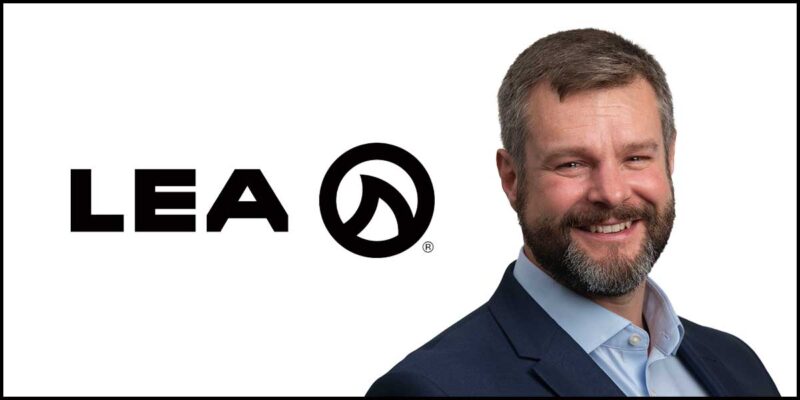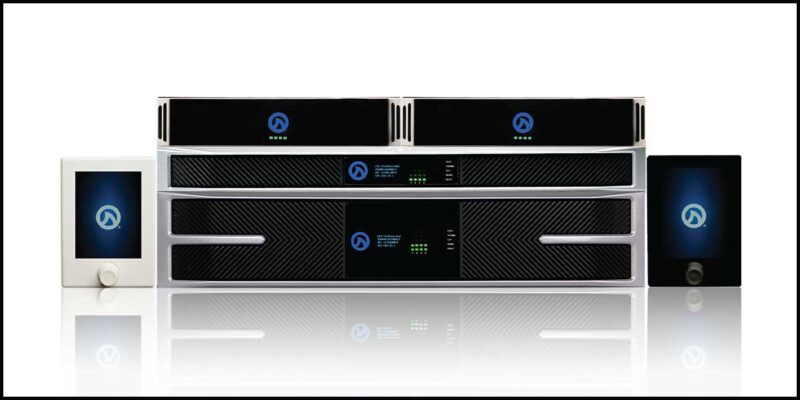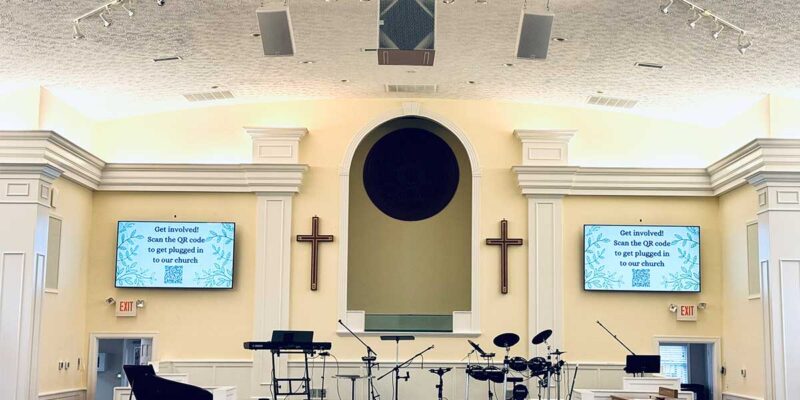Business Unusual: It’s Time to Leverage IoT

By Blake Augsburger
LEA Professional
The integration industry hadn’t embraced IoT-enabled business practices until now: When we need to. Today’s market demands necessitate it.
We live in difficult times, but I have confidence in our shared ability to get through these days and come out stronger and better prepared. I think it’s important to draw inspiration from history … and how business leaders and the business community seized difficult times to come up with new technologies, new ideas, new best practices, and even whole new businesses. Necessity is indeed the mother of invention
Systems integration has never been more important, nor has it been more challenging. Our systems enable telemedicine, distance learning, remote work, videoconferencing, health protocol communications, outdoor entertaining and a vast array of new commercial — and in many cases, essential — practices that might have been progressive but also peripheral just six months ago.
In the current environment, we simply can’t do everything on-site like we’re accustomed to doing. The idea of IoT has been ubiquitous for years and its implementations were becoming more effective, affordable and common well before the pandemic. Likewise, the need for new business practices in the systems integration industry had been apparent for years — the industry was deeply attached to legacy business models even in the face of compelling new technologies and evolved business models proven in other industries.
The irony is not lost on most of us. IoT and autonomy are largely transparent but effective elements of our daily lives. We might not appreciate the scripts on our thermostat, notice the doorbell camera feed or pay too much attention to new toothbrush heads in the mail, but we’d quickly realize if they stopped working. As an industry, however, we haven’t gotten behind new IoT-enabled business practices until now: when we need to.
IoT and Overcoming Today’s Challenges
IoT is more important today than ever. First and foremost, it enables us to get the job done for our customers, but it also enables our industry to pivot to a recurring-revenue model that has been successfully deployed in other integration industries, including IT and security, where the success rate is especially notable.
Using the cloud to remotely monitor, troubleshoot, upgrade and reconfigure systems has proven cost, efficiency and service advantages over rolling a truck. The customer gets the satisfaction of having problems immediately resolved and the assurance and uptime enabled by preventive maintenance; integrators save time, travel costs, and administrative overhead.
From my experiences in working with integrators of all sizes and across all regions, I have learned that the perceived challenge of incorporating IoT-powered recurring monthly revenue (RMR) is much larger than reality. There are simple steps that can be taken to build RMR into your business model using IoT-enabled technologies. Here are some starting points to consider:
- 24/7 remote system monitoring.
- 24/7 remote system control.
- 24/7 remote troubleshooting.
- Remote system reconfiguration.
- Proactive preventive maintenance.
- System data analytics (to increase system efficiency).
- Remote system updates (firmware).
- System data storage.
By adding these line items to service contracts, you facilitate greater resilience, continuity and assurance for clients while increasing revenue at virtually no cost to you. And, if they should arise, issues will be resolved exponentially faster than with a traditional services model.
IoT Meets Integration
Professional AV systems can be complex, expensive and difficult to understand and operate. That is where our community of integrators provides unique and compelling value. It is also the basis for growth if systems integrators can effectively scale services when they’re needed most — like right now.
IoT-enabled products just like LEA’s CONNECT Series amplifiers, which are IoT-enabled out of the box, facilitate scaling of integrator businesses to address increased market opportunity via remote services. Using Amazon Web Service (AWS) IoT core, LEA CONNECT Series can securely send and receive data and information through the LEA Professional Cloud. This allows for remote control and monitoring from anywhere in the world with a secure internet connection.
Now more than ever, it’s the optimal time to capitalize on the pressing global need for remote monitoring, troubleshooting, maintenance, and programming by providing these services as part of a subscription model. Clients who are used to the subscription model from their IT, security, and even water-cooler vendors will immediately feel more confident in knowing they have experts monitoring their systems and ensuring that they’re always performing exactly as intended.
In these unusual times, our industry is challenged to provide systems that will sustain businesses, schools, government services, and other important institutions. To efficiently and effectively rise to that challenge, and also address a compelling market opportunity, IoT is a must-have for clients; RMR is a must-have for clients and integrators alike.
Making the move to this new model is easier than most integrators expect; it’s just a question of having proven partners who understand AV, IoT, and the transformative potential of RMR.
This article is part of a series that originally ran on NSCA.org, to preview some of the topics that will be discussed at NSCA’s P2Pv on Sept. 22-23 — you can register for that here.
Integration industry veteran Blake Augsburger is founder and CEO of LEA Professional.





